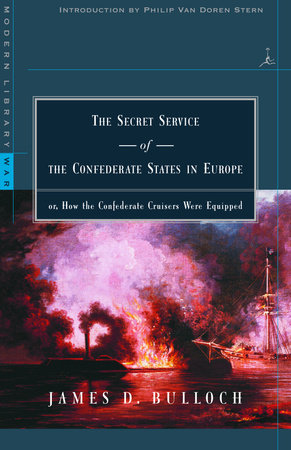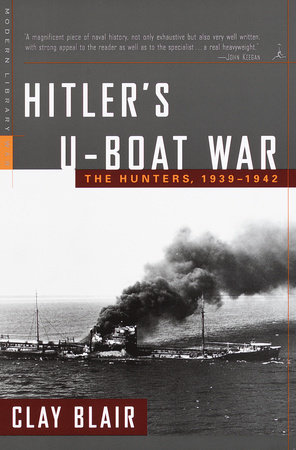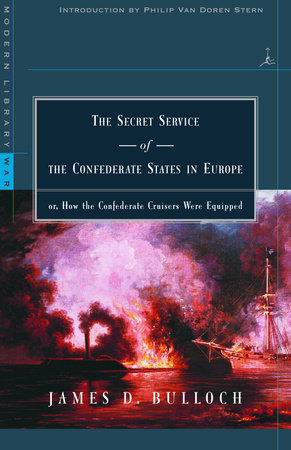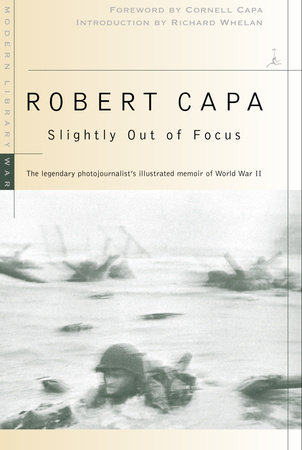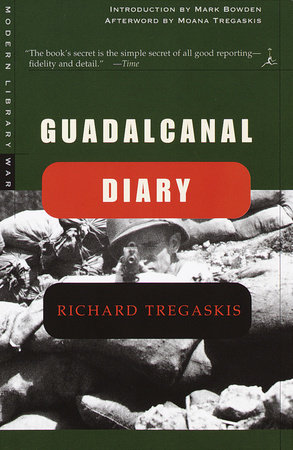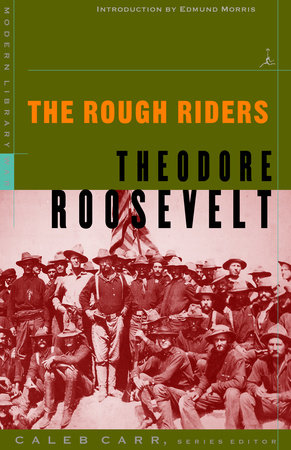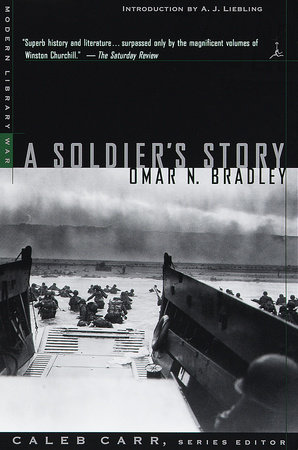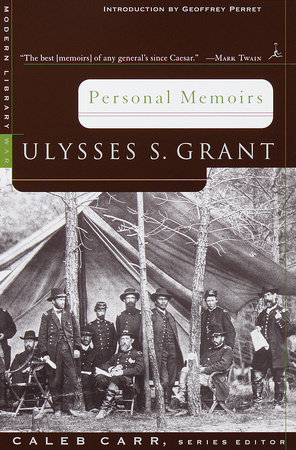Excerpt
The Secret Service of the Confederate States in Europe
Chapter 1
Sketch of the anomalous condition of the whole country, North and South, during the period between the election of Mr. Abraham Lincoln as President of the United States and the beginning of hostilities, in theory an undivided Republic, in fact two separate Governments: one at Washington, one at Montgomery.
South Carolina was the first of the Southern States to secede from the American Union. Her “Ordinance of Secession” was passed on the 20th of December, 1860, about one month after the election of Mr. Abraham Lincoln to the Presidency of the United States. Mississippi, Florida, Alabama, Georgia, and Louisiana soon followed. Delegates from those States met at Montgomery in February, 1861, organized a Legislative Assembly, and formed a Provisional Government, with Mr. Jefferson Davis, of Mississippi, as President.
Arkansas, Texas, and North Carolina followed at short intervals, and were not long in joining the Confederacy. Tennessee, with Maryland, and the great border States of Missouri, Kentucky, and Virginia, still faltered, not from want of sympathy with the movement, but because they hoped to act as a barrier between the two sections, and to secure a peaceful separation by negotiation. Events moved rapidly. Tennessee and Virginia withdrew in time to save serious complications; but while Maryland, Kentucky, and Missouri hesitated, the “Union men” within their borders, aided by active partizans from without, got partial control of affairs, and the United States authorities were able to arrest the leading Secessionists, to disperse the local Legislatures, and to maintain possession of those States during the war. By withdrawing from the Federal Union in this irregular way, the South demonstrated that there was no concert of action, and no premeditated purpose to break up the Federal Government. The political organization of the seceded States remained intact, although the Union between them had been dissolved. Each preserved its complete autonomy as a Commonwealth, with Executive, Judiciary and Legislative Departments unbroken, and there was, therefore, no confusion and no disturbance of the ordinary routine of civil government. The delegates at Montgomery had no difficulty in settling the terms of a fresh compact between the States represented by them, and the Provisional Government was soon in working order. The chief and most urgent business of the newly created Executive was to prepare for the great struggle which was becoming more and more imminent day by day. The lack of military resources, and the efforts which were made to organize an army, have been described by many previous writers, and especially with much minuteness and effect by ex-President Jefferson Davis in his great exposition of the “Rise and Fall of the Confederate Government,” a work which may be called his “Apologia.”
My business is with the concerns of the Navy alone. When President Davis arranged his Cabinet, the Navy Department was assigned to the Hon. Stephen R. Mallory, of Florida. Mr. Mallory had much experience in the management of public business.
He had been a Senator in the Congress of the United States, and had served as a Member of the Committee on Naval Affairs in that branch of the National Legislature.
He was well versed in naval usage and naval law, and had a thorough knowledge of the organization, equipment, and general disciplinary rules of the United States Navy. If he had been placed at the head of that service, he would have been a popular and efficient administrator, but at Montgomery he was like a chieftain without a clan, or an artizan without the tools of his art. It would have been comparatively easy to organize and administer, but the task before him was to create, and the means for constructing and equipping a naval force for offensive warfare, or even for a vigorous resistance, were practically nil. The pine belts of Georgia and the Carolinas, the live oak groves of Florida, and the forests of other States, contained inexhaustible supplies of what are called “naval stores” and materials for ship-building of the old wooden type, but they were still in the raw state. The masts and frames of navies were there, but they were sprouting and blooming in the green-tree, and there was great lack of skilled workmen to fell and fashion them. Iron, so indispensable in the equipment of ships of war, even at that time, was scarce to the degree of poverty, and before the end there was a famine. Between March, 1861, and January, 1865, the price of iron advanced from $25 to $1,300 per ton, and although this extreme advance was not wholly due to the scarcity of the article, but arose to some extent from the depreciation of the paper currency, yet it is well known that the home product was never equal to the ordinary wants of the country, and during the Civil War the supply could only be supplemented by driblets through the blockade.
At the beginning of the war there was not a mill in the whole country which could roll a 21?2-inch plate, and in the entire Confederacy there was but one shop capable of turning out a first-class marine engine. There was pressing need of everything required to build, equip, and maintain a ship of war. Ordnance and ordnance stores, even medical supplies, provisions, and clothing, were scarce from the very outset; and the Tredegar Iron Works, at Richmond, Virginia, was the only establishment south of the Potomac where a gun of large calibre could be cast or wrought; and Virginia, when Mr. Davis and his Cabinet began their labours, was not among the Confederate States.
Norfolk, in Virginia, and Pensacola, in Florida, contained the only public dockyards within the limits of the Confederacy. The Navy-yard at Norfolk before the war was an extensive and efficient establishment. It contained a dry dock, foundry and machine shops, and a fair supply of materials had generally been kept there. But just at the time when Virginia was in the throes of secession, before there was any organized force at Norfolk capable of effective resistance, the United States naval officers were ordered to evacuate the dockyard, which they did hastily, taking ship to Hampton Roads, after setting fire to and scuttling the vessels that could not be carried off, and destroying as much of the property on shore as possible. (See Note, p. 51.)
Pensacola was in an isolated position, and its dockyard was not one of construction, but only of shelter and repair.
But even if these two naval arsenals had been complete in every particular, and there had been no want of material, machinery, and skilled workmen, they would still have been well nigh useless as places of outfit for vessels suited to cruise at sea, because the Federal Government held the fortifications at their entrances, and there was safe and ample anchorage within reach of the guns on shore, so that a thorough and efficient blockade could be, and indeed was, maintained at those points during the whole war, by a powerful combination of ships and land batteries.
If the Confederate Government had been able to build and equip cruisers at Norfolk, they could not have got to sea, unless they had been strong enough in number and armament to defeat the blockading squadron in Hampton Roads, and had remained after their victory in condition to engage and pass the forts.
There was equal deficiency and want in respect to private ship-yards. The conditions of labour, soil, and climate which prevailed in the South had made the people agricultural and not commercial. They produced valuable and bulky staples, and ships chiefly from the Northern States and from England performed the carrying trade. The merchants who lived and did business at the Southern ports owned few if any ships, and as there was no home want for large shipping, there had been no demand for architects to design and build them.
It is quite safe for me to state that at the beginning of the year 1861 there was not, within the whole boundary of the Confederacy, a single private yard having the plant necessary to build and equip a cruising ship of the most moderate offensive power.
When President Davis and his Cabinet contemplated this paucity of supply and poverty of home resources, they did not renounce the purpose or abandon the hope to harass the enemy’s commerce, to interrupt his lines of maritime communication, and to break through his blockading fleets, but they perceived that an effective effort to accomplish all or either of those aims must of necessity be made abroad; and as early as April, 1861, it was determined to send an agent to England to set on foot and direct such naval operations as it might be possible to organize beyond the limits of the Confederate States.
At a very early period of the war it became a matter of common conjecture that ships were building in England for the service of the Confederate States, and it was not many months before the depredations of the Alabama and Florida confirmed those suspicions. To build or even to buy ships suitable for either attack or defence, to get them out of English ports, and then to equip and arm them, were undertakings requiring the utmost secrecy and reserve, the success of every effort depending upon the fidelity and discretion of many subordinate agents, and the precise correspondence of many complicated arrangements. It was necessary, first, to build or buy a ship, and to disguise or omit the semblance of equipment for purposes of war; to obtain the guns from one maker, and often their carriages and gear from another; to get the shot and shells from a third, and the small arms and ammunition from at least two other parties. The large quantity of stores, clothing, hammocks, etc., etc., required for a cruising-ship could not, with prudence, be obtained from one dealer, and a tender was needed to receive and carry abroad the whole of those essential effects, which it was necessary to forward to the port of shipment with quick despatch and at short notice.
When everything was ready, it was no easy matter to so combine movements that ship and tender, sailing from different ports, should meet at the appointed rendezvous; and then, after the meeting, there was always much difficulty and many obstacles to the safe and speedy transfer of stores and the completion of the armament. The necessity for these perplexing and intricate proceedings arose not from the fact that there was the slightest degree of moral criminality in their performance, but because there is in England, as there is in other countries, a statute known as the Foreign Enlistment Act, or other cognate title, which forbids either of two belligerents to equip, furnish, fit out, or arm any vessel within the realm, for the purpose of making war upon the other. A violation of that statute involved the forfeiture of the whole of the property; and, as the Act might also be so interpreted as to bring the parties concerned under its penal provisions, every detail in the fitting of a ship, which could by any possible construction of the law be considered “equipment,” was of necessity dispensed with.


